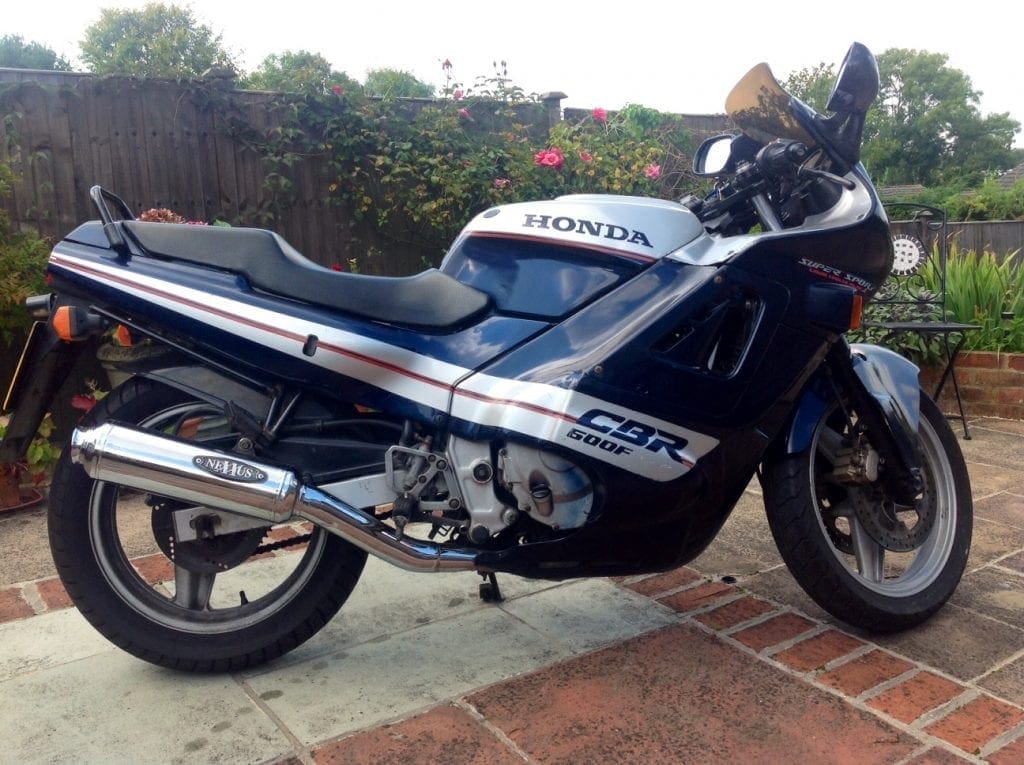
Q: In a world of no centrestands do you measure chain tension on the sidestand when travelling?
Anon
A: The obvious answer here is that if the bike was sold when new with only a propstand, the manufacturer should have given you a procedure to follow in the owner’s manual, and it would be best to follow that. If you cannot find out what the original specification was, it is possible to use a general procedure which could easily apply to any bike. The normal way to measure chain tension is to check the total up and down movement at the mid-point of the lower run, and you can calculate what that should be. For an application with a horizontally running high speed chain with varying load (like is found on a bike) the movement should be between 2% and 3% of the distance between the centres of the driving and driven sprockets. So, for instance, if the distance between the sprockets is 1000mm, then the total movement should be between (1000 x 2 ÷ 100) = 20 and (1000 x 3 ÷ 100) = 30 millimetres.
That is fine for a normal engineering application but unfortunately motorcycles are a bit more complicated. The complication is caused by the rear suspension. The thing is, the pivot point for the suspension arm usually is not coincidental with the driving sprocket and the effect of this is to alter the chain tension as the rear wheel moves up and down. The compromise is to accept that the chain will be too slack at certain points, rather than being too tight at other points. So you will find that your calculated limits (20mm and 30mm) are rather too tight and will need to be adjusted.
You can do this by jacking the bike up so the rear suspension is completely extended and checking the tension, and then doing likewise with the rear end as heavily laden as possible. Just make sure that the chain tension never gets under that 2% figure and adjust it accordingly. Then you can check what the tension measures when the bike is on its prop-stand and you just need to write it down and use that figure for rather quicker checks in future.
But first, bear in mind that there is one further complication. Chains rarely wear evenly and the effect of this is to make the chain tighter in some areas and slacker in others. So, you should rotate the back wheel and check it at various points again to ensure that it never gets too tight.




